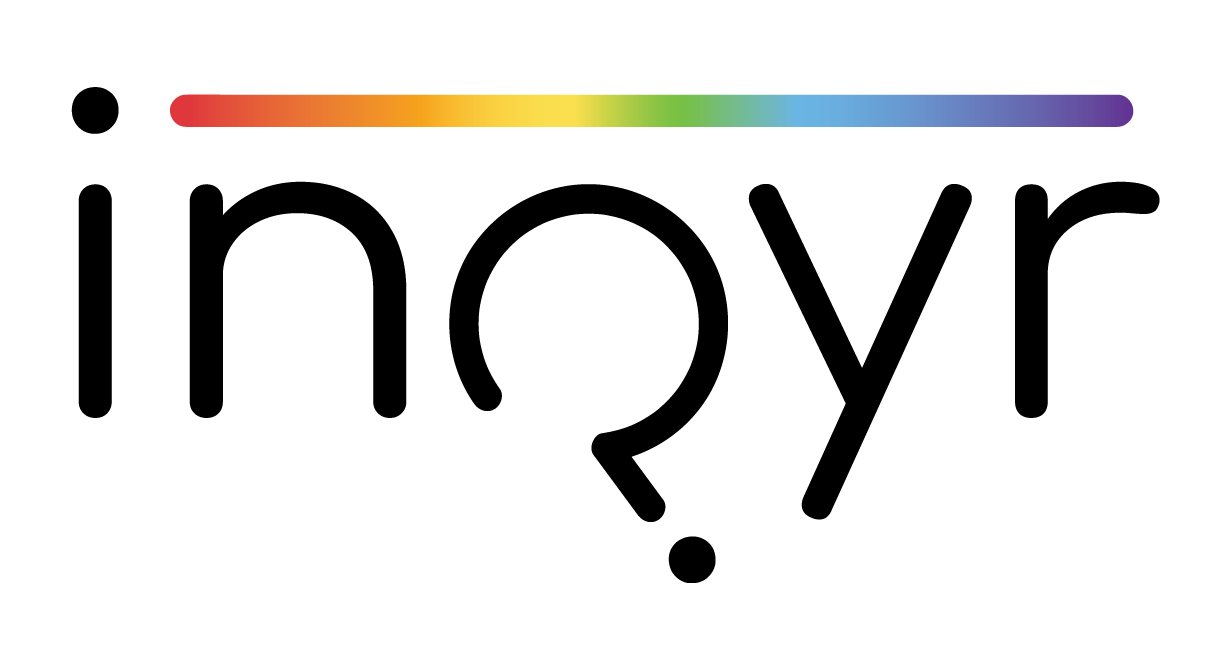“Get High With a Conscience”: Information and Communication Technologies and Sexualized Drug Use Among Gay Men in Mexico
Mendoza-Pérez, J.C., López-Barrientos, H.A., & Brooks, A.S. (2024). “Get High With a Conscience”: Information and Communication Technologies and Sexualized Drug Use Among Gay Men in Mexico. Health & Social Care in the Community. https://doi.org/10.1155/2024/3112323
Background
In Mexico, drug use among gay men carries unique socio-cultural dynamics that differentiate it from heterosexual populations and from gay men in other countries.
ICTs, such as geolocation apps, play a significant role in connecting gay men with sexual partners and facilitating access to substances, particularly for chemsex (drug use for sexual pleasure).
Studies in Mexico are mainly epidemiological and address HIV and substance use risks separately. This overlooks the intertwined social and cultural dimensions of drug use among gay men.
Study Description
Nineteen cisgender gay men from various regions of Mexico, aged 22-42, participated in focus groups and surveys on substance use and ICT interactions.
Through these discussions, participants shared personal experiences of using ICTs to connect with sexual partners, access drugs, and share harm-reduction practices.
Unique Findings
Types of ICT Use and Substance Dynamics
ICTs are used in multiple ways: mobile apps like Grindr connect users with sexual partners and drugs; instant messaging supports real-time safety check-ins; and social networking sites facilitate socializing around sexualized drug use.
Participants highlighted how digital “communities of care” are essential for safer substance use and sexual encounters.
Chemsex and Sociosexual Dynamics
Geolocation apps intensify connections between substance use and sexual encounters.
While chemsex is often planned, it sometimes happens spontaneously through app-facilitated encounters.
Stigma and Community Care
ICTs help counteract stigmas associated with substance use and non-normative sexuality, offering gay men a space for shared practices, identity, and support.
These platforms not only facilitate access to drugs but also play a critical role in harm-reduction (e.g., guidance on substance use, informing others when meeting somebody for sex)
Conclusions
Digital spaces provide Mexican gay men both a means of connecting through sex, drug use, and chemsex as well as practicing harm reduction, underscoring the complex roles of ICTs in gay men’s well-being.
Broadening the understanding of substance use among gay men beyond biomedical risks can support holistic health strategies that incorporate ICTs’ role in reducing stigma and enhancing social support networks that facilitate harm reduction.

